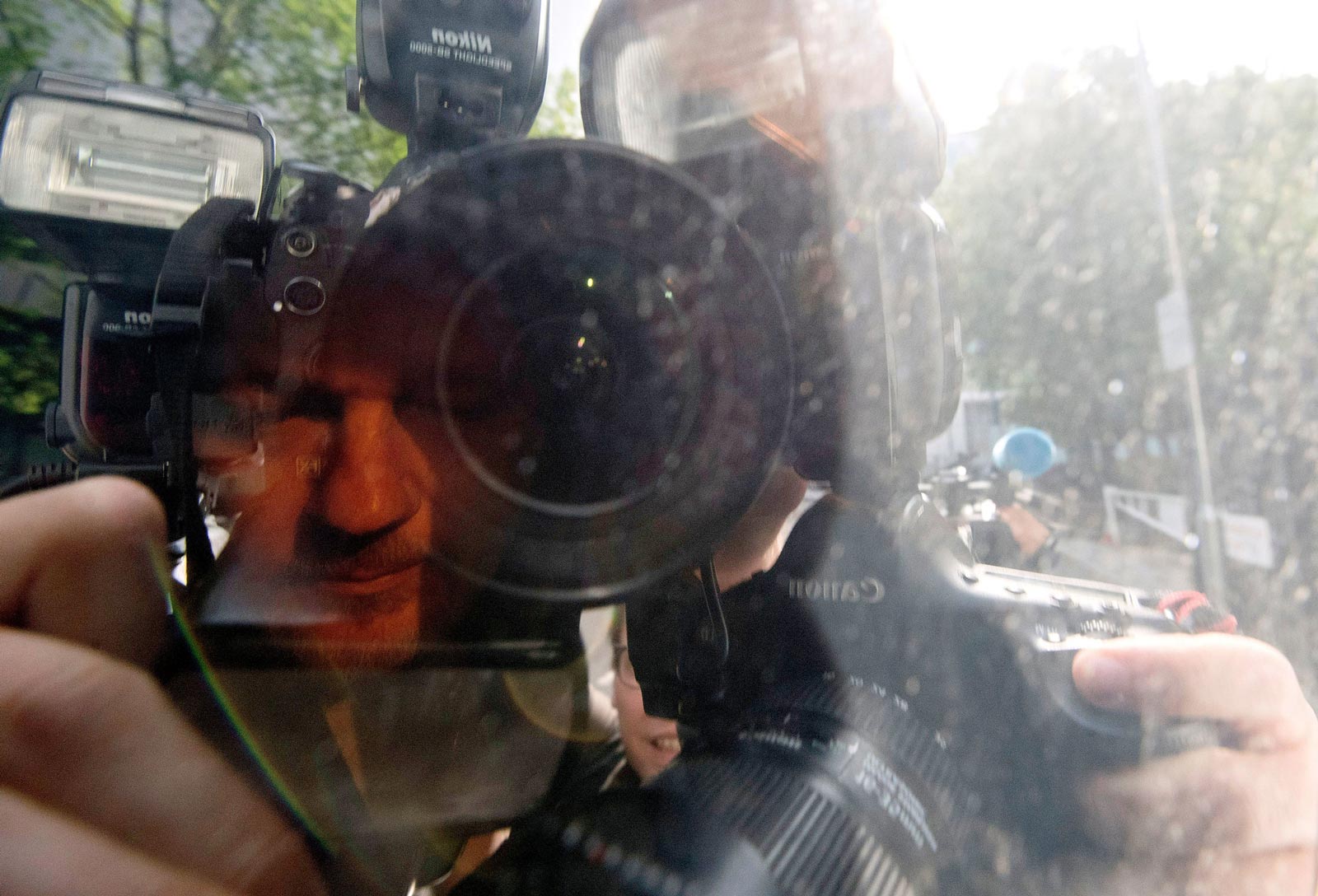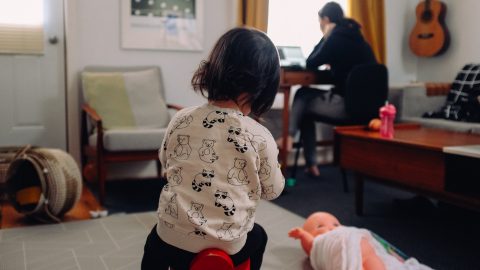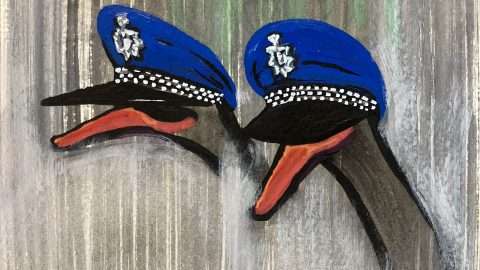Consider the moments you have fallen in love.
If you unpick the threads, you will quickly find much of the falling occurred in the mind. Many artefacts that go towards creating intimacy are imagined. We can’t fully understand or know someone else, but we can construct a persona around them and a shared view of the future.
Yes, there were likely tangible and physical components that went towards constructing the intimacy. You would have seen that person, had a discussion with them, a date (or several dates even), but realistically a lot of it happened in your mind.
Love requires imagination: a shared vision, narrative or trajectory.
In our connected world, this imagination is fostered from the very start of the interaction. It happens from the moment we pick up our phones, tap on an app and consider swiping right. And we’re doing a lot of swiping: 5 million matches a day on Tinder alone. Dating apps and dating have become virtually synonymous.
Read more:
Why Tinder is so ‘evilly satisfying’
It would be easy to chalk up the success of the dating app to functionality, mobility and ease, but what about its reawakening of the imagination?
Dreamspaces
Dating apps provide users with the ability to dream, to fantasise, to construct a person and an imagined story based on limited information. We open the app with a series of beliefs about who might make for our perfect match. Athletic, committed, creative, respectful, passionate, educated, age-appropriate (or inappropriate) … and then we interpret.
Consider what you are supplied with: a few profile pictures and a brief description. Information is limited; gaps need to be filled.
A photo taken with an adorable chocolate Labrador. Is he an animal lover – and therefore dependable? Holding a cocktail in a party dress with a friend. Does she enjoy her social life – and so is she fun to be around? On the beach: they must love the outdoors.
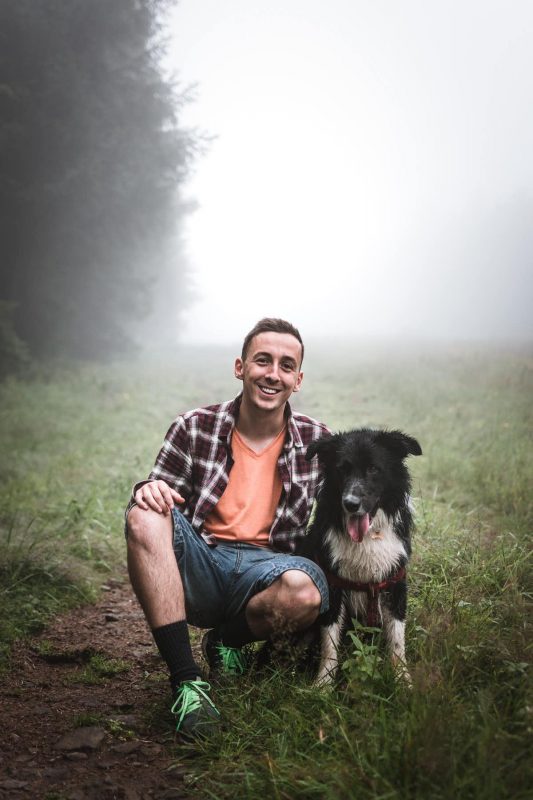
Would you swipe right on this good boy? Tadeusz Lakota/Unsplash
From there, we springboard into interpreting other prompts and creating a narrative. You’re imaging an afternoon spent at the dog park (with the chocolate lab and your cavoodle – they would be the best of friends); an evening at the latest bar sipping the newest drink; a swimsuit, board shorts and a towel haphazardly flung over a balcony in the memory of a day spent at the beach.
And while you are imagining your potential match, they are imagining you, too.
Read more:
Must love jokes: why we look for a partner who laughs (and makes us laugh)
Swipe right, and start a DM chat, and our intrepid interpretation of the other person and potential intimacy continues. The ghost of an imagined relationship has begun to haunt us.
Go on, ghost me
“Hauntology” was coined by philosopher Jacques Derrida to refer to the return or persistence of elements from the past, as in the manner of a ghost.
Dating apps allow the user to mobilise hauntological recollections from a previous relationship, a movie, a novel, or an idea.
The virtual digital space is the perfect location for such hauntologies. You might think there is another person on the other side of the app, but we can also consider them to be a ghost.
It’s easy to understand why dating apps are so popular. Their mobility makes them easy to use; users are in control of their selection of potential matches.
Tinder founders Sean Rad and Justin Mateen say the design takes “the stress out of dating”, and the game-like quality of the app creates less emotional investment.
But the imagining constitutes a significant emotional investment. Studies have shown imagined occurrences have similar, if not the same, impact as reality.
Despite the lack of a face-to-face interaction you might find yourself intensely linked to your ghost. But will your ghost match the actual person when you meet them face-to-face for the first time? Will the two converge, or will there be an unbearable space between?
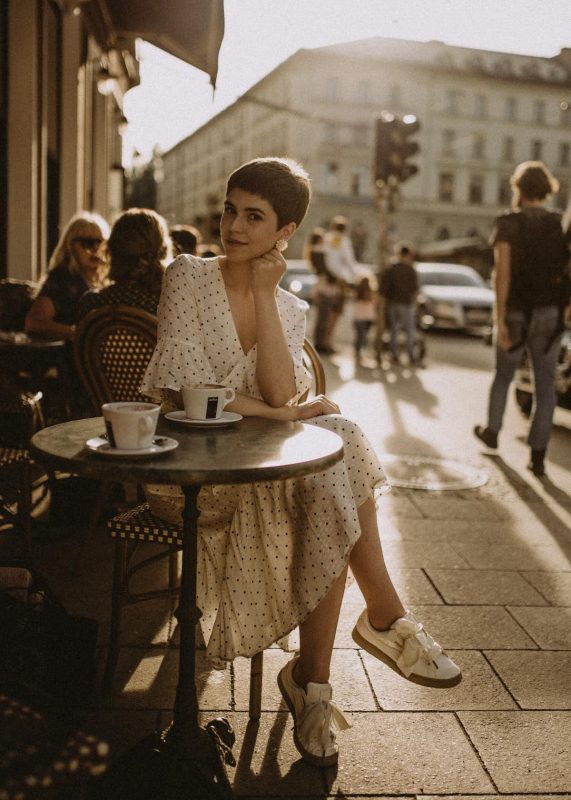
Hello, is it me you’re looking for? Kinga Cichewicz/Unsplash
Awareness is half the battle. When you’re next flicking through potential matches on a dating app, be conscious of how far you’re taking your digital imaginings.
You can aim to keep them in check, or you can consciously let them spiral – in the knowledge of the notion you might be falling for a ghost.
Researchers at Western Sydney University are looking for Bumble and Tinder users aged between 18 and 35 living in New South Wales to investigate dating apps and gender roles. Click here for more information and to register.
Written by Lisa Portolan, PhD student, Institute for Culture and Society, Western Sydney University
This article is republished from The Conversation under a Creative Commons license. Read the original article.
![]()



